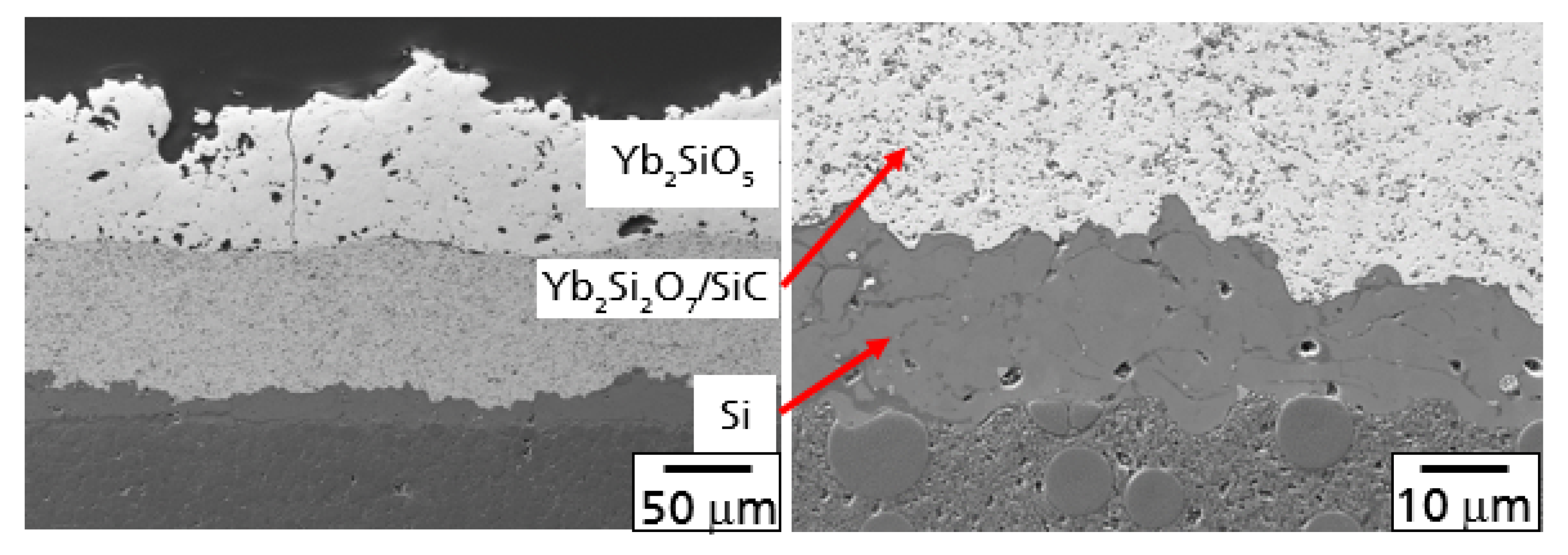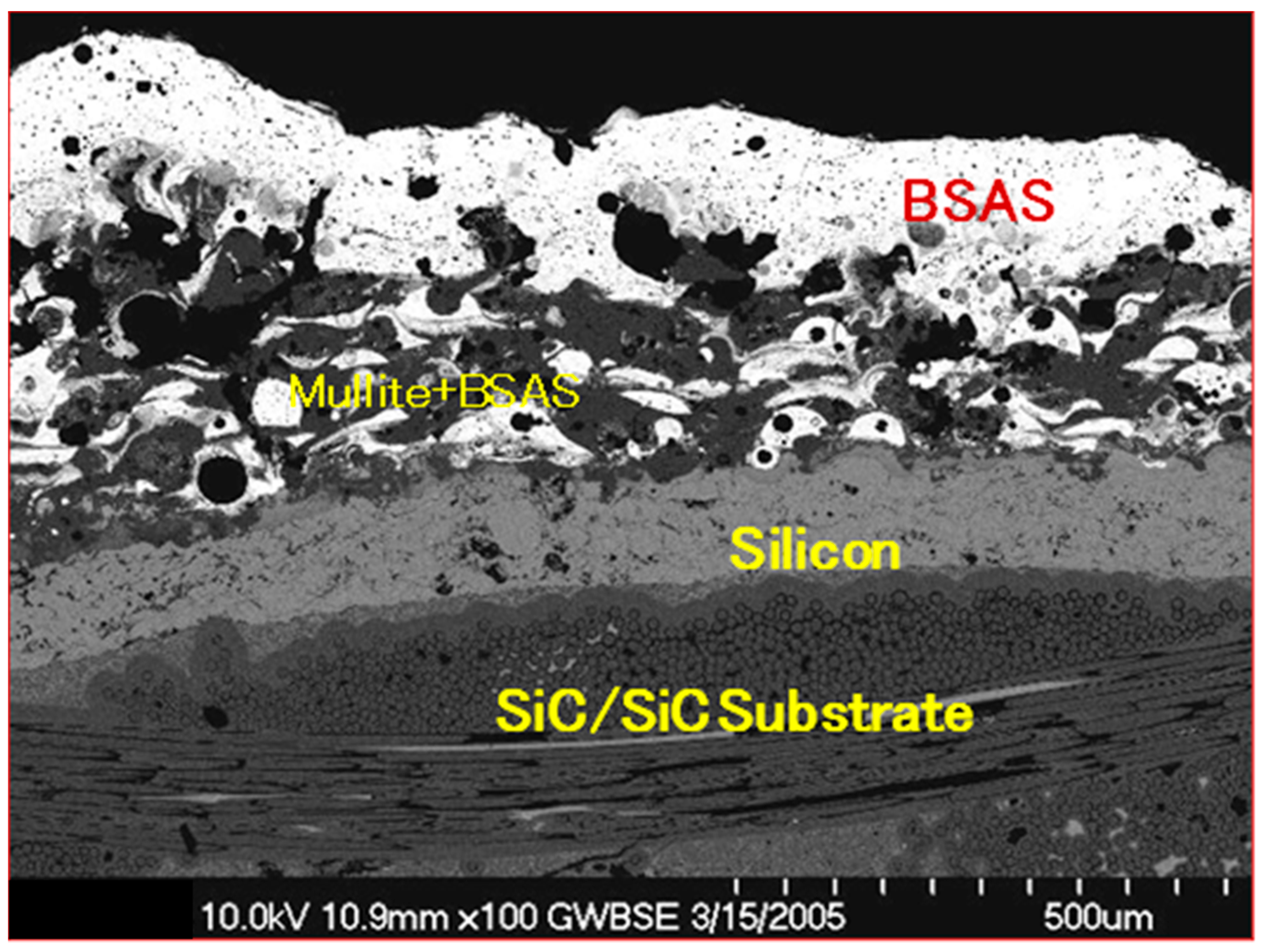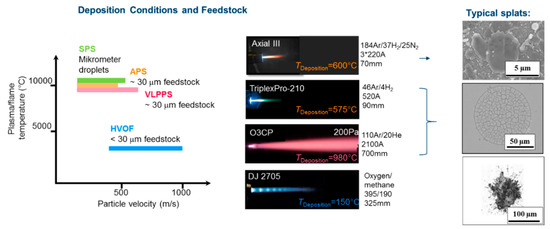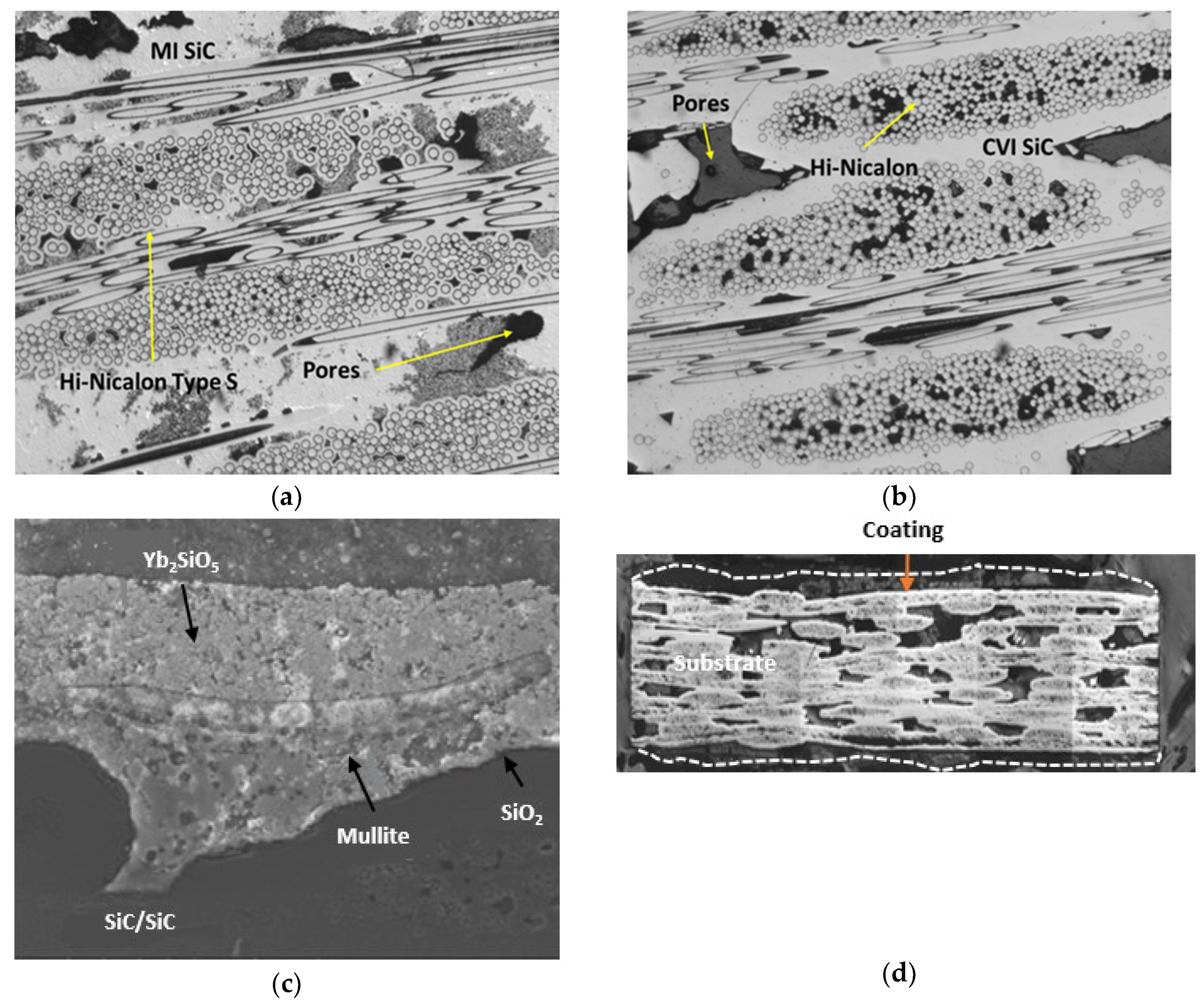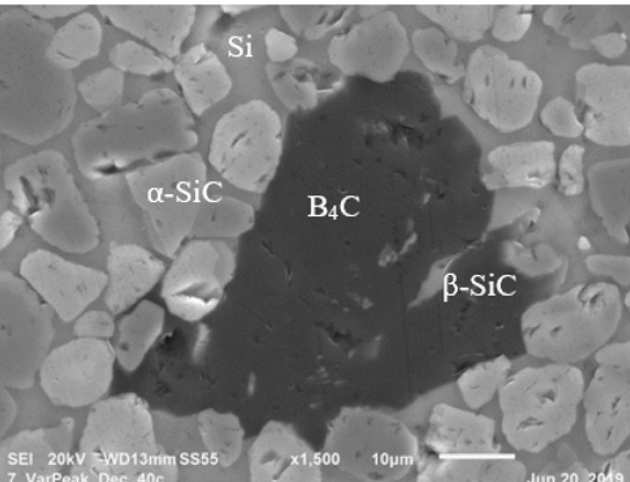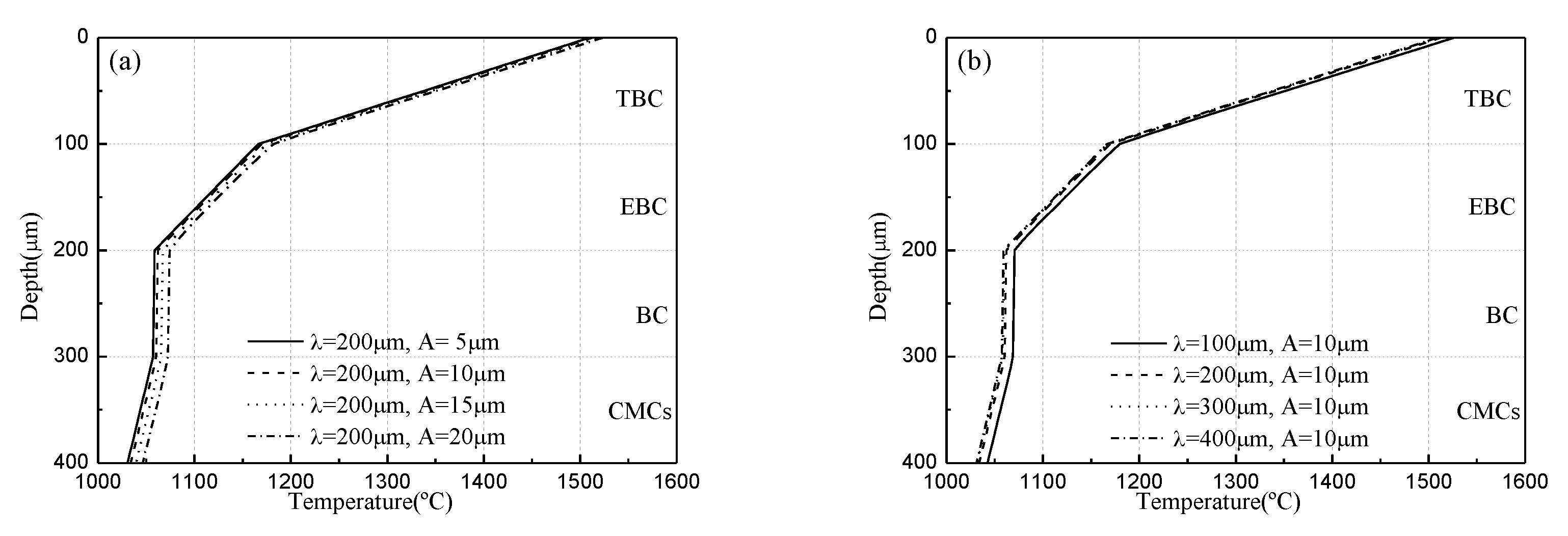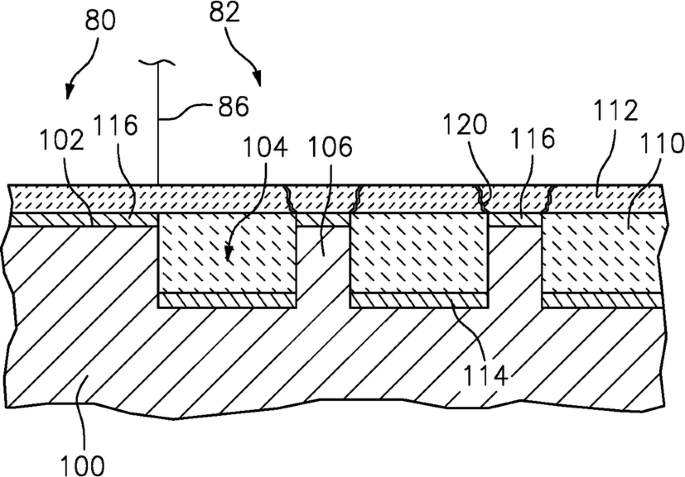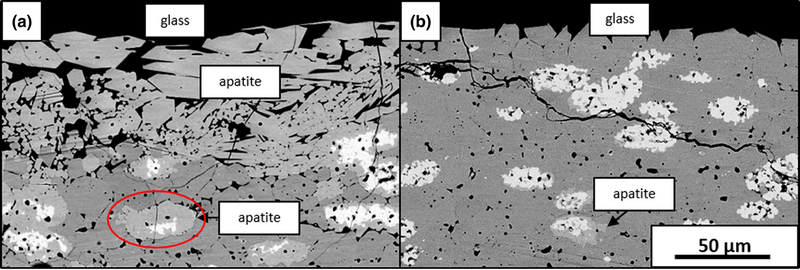Current Status Of Environmental Barrier Coatings For Si Based Ceramics

Lee surface and coatings technology current status of environmental barrier coatings for si based ceramics 133 134 1 7 2000.
Current status of environmental barrier coatings for si based ceramics. In this study yb 2 si 2 o 7 was selected as an environmental barrier coating ebc with improved high temperature chemical stability to combat the disadvantages of si based non oxide ceramics. Current ebc systems use multiple layers each serving unique requirements. To understand the failure mechanism or to predict the spallation life of environmental barrier coatings ebc on fiber reinforced ceramic matrix composites the fracture strength of ebc and the process of the crack growth in ebc layers need to be experimentally determined under standard or simulated engine operating conditions. In the past few decades ebc s have been used as a protective layer for si based non oxide ceramics substrate that inhibits the corrosion in the presence of water vapor and molten salt.
The earlier ebcs consist of a mullite bond layer and an yttrium stabilized zirconia ysz top coating. A silicon bond coat an intermediate mullite 3al 2 o 3 sio2 or mullite sas 1 x. Thus environmental barrier coatings ebcs are necessary for silicon based ceramics which can protect the hot section components from the corrosion of high temperature water vapor 12 13. In the late 1980s and early 1990s a wide range of refractory oxide materials were tested as coatings on si based ceramics to provide protection from hot corrosion.
2 shows the change in the temperature capability of ceramic matrix composites with ebcs. However a protective coating and environmental barrier coating ebc are necessary to prevent the oxidation of the carbon and the reaction of the formed silica scale with water vapor. A novel high entropy material yb 0 2 y 0 2 lu 0 2 sc 0 2 gd 0 2 2 si 2 o 7 5re 0 2 2 si 2 o 7 was prepared by the sol gel method and investigated as a promising environmental barrier coating ebc for sic based composites the results of x ray diffraction and transmission electron microscopy indicated that rare earth elements were distributed homogeneously in the single monoclinic phase. Cross section of mullite cas bsas coated sic sic after 200h at 1225oc with 1h cycles in 90 h2o balance o2.
Current state of the art environmental barrier coatings ebcs for si based ceramics consist of three layers. Carbon fiber reinforced silicon carbide composites c sic are promising materials for high temperature light weight structural components. Currently plasma sprayed external environmental barrier coatings ebcs are the most promising approach. Advanced environmental barrier coatings ebcs are being developed for next generation gas turbine engines to protect engine hot section sic based lightweight components in the harsh operating combustion environments and extend component lifetimes.








